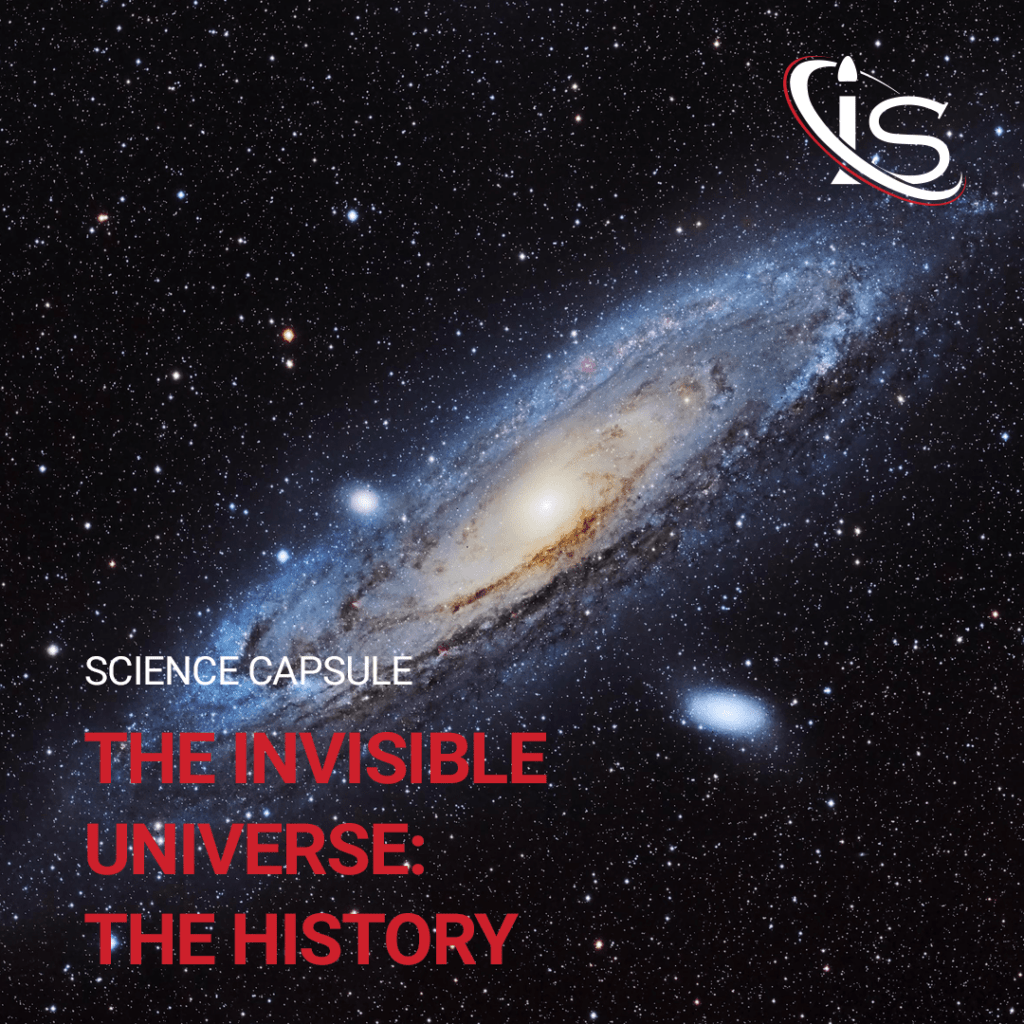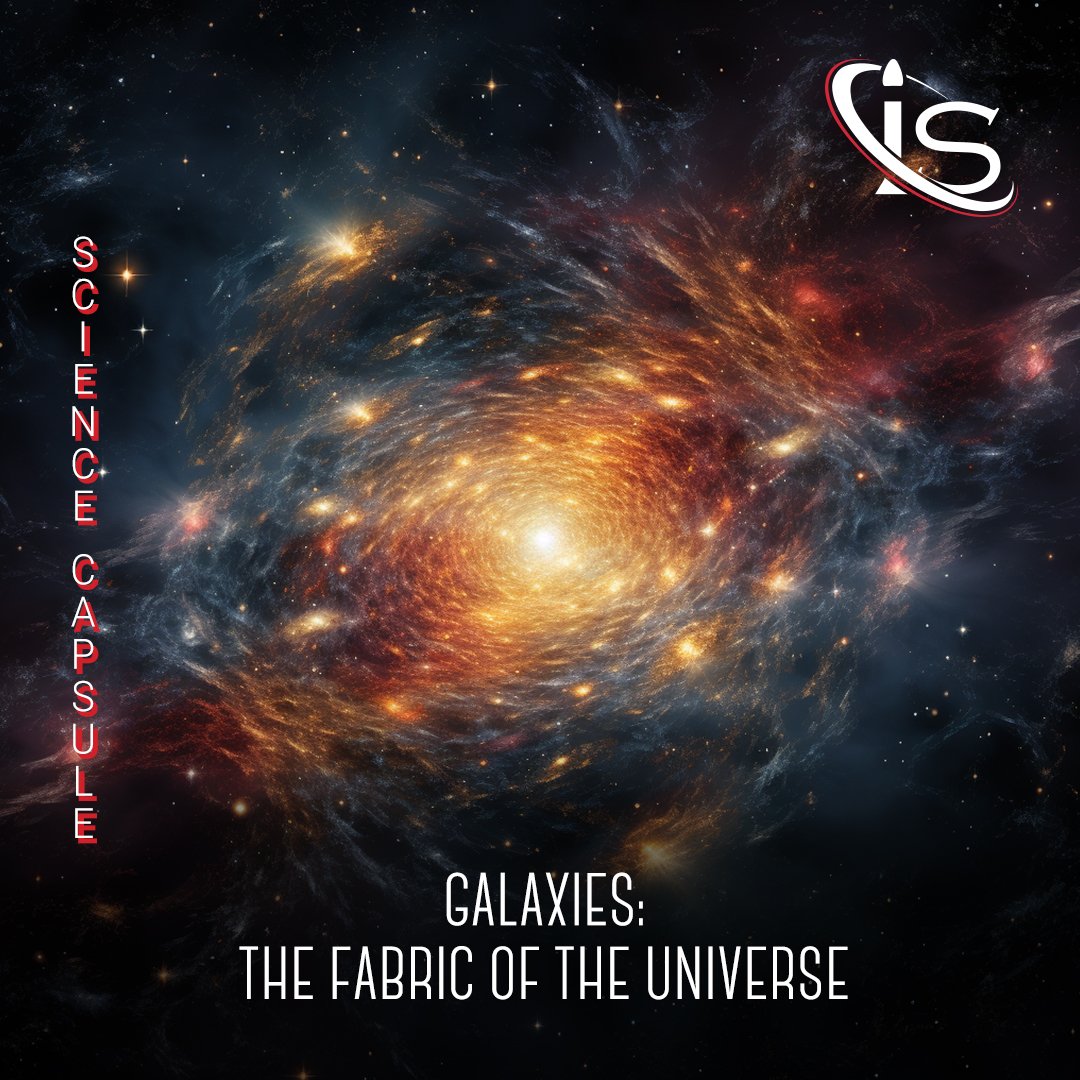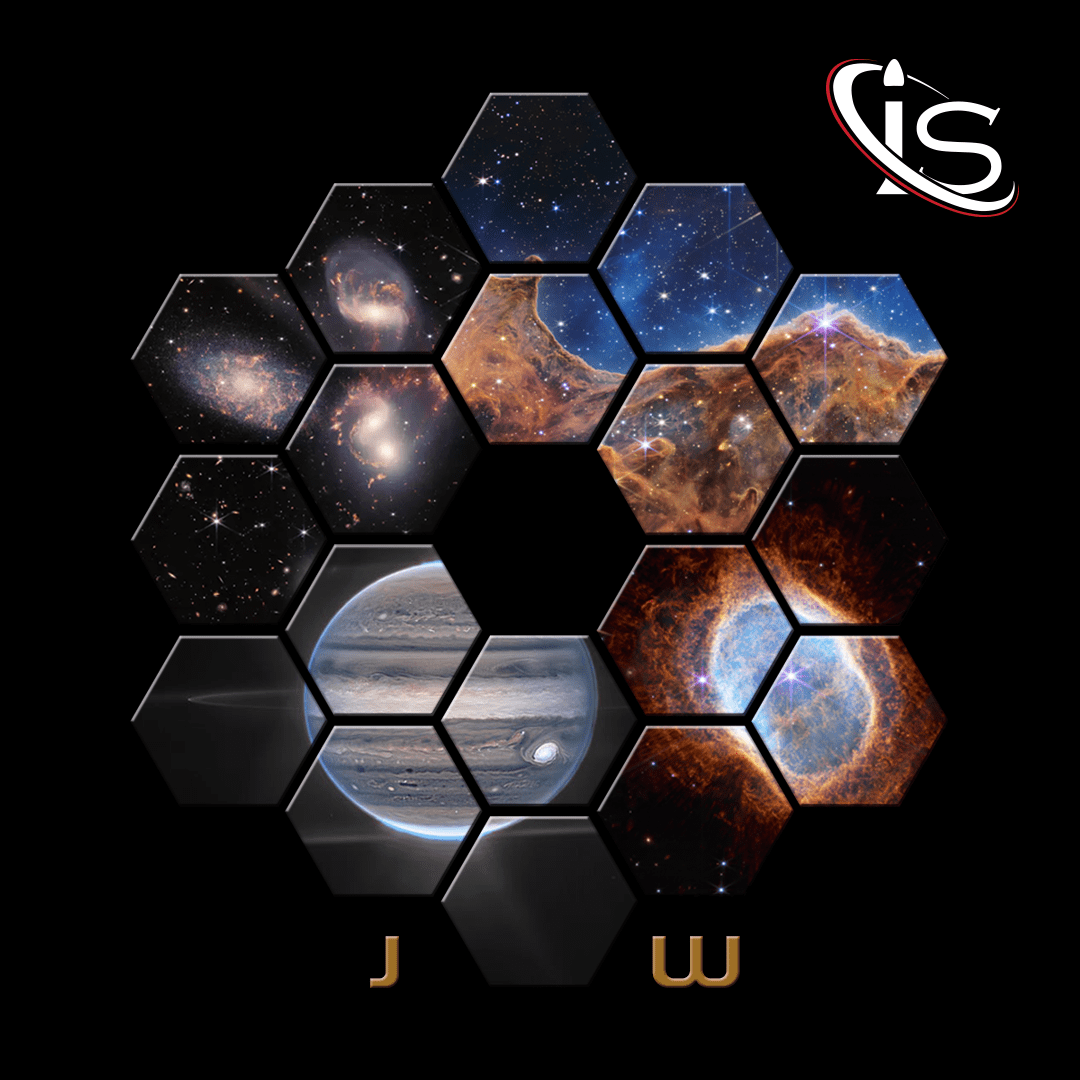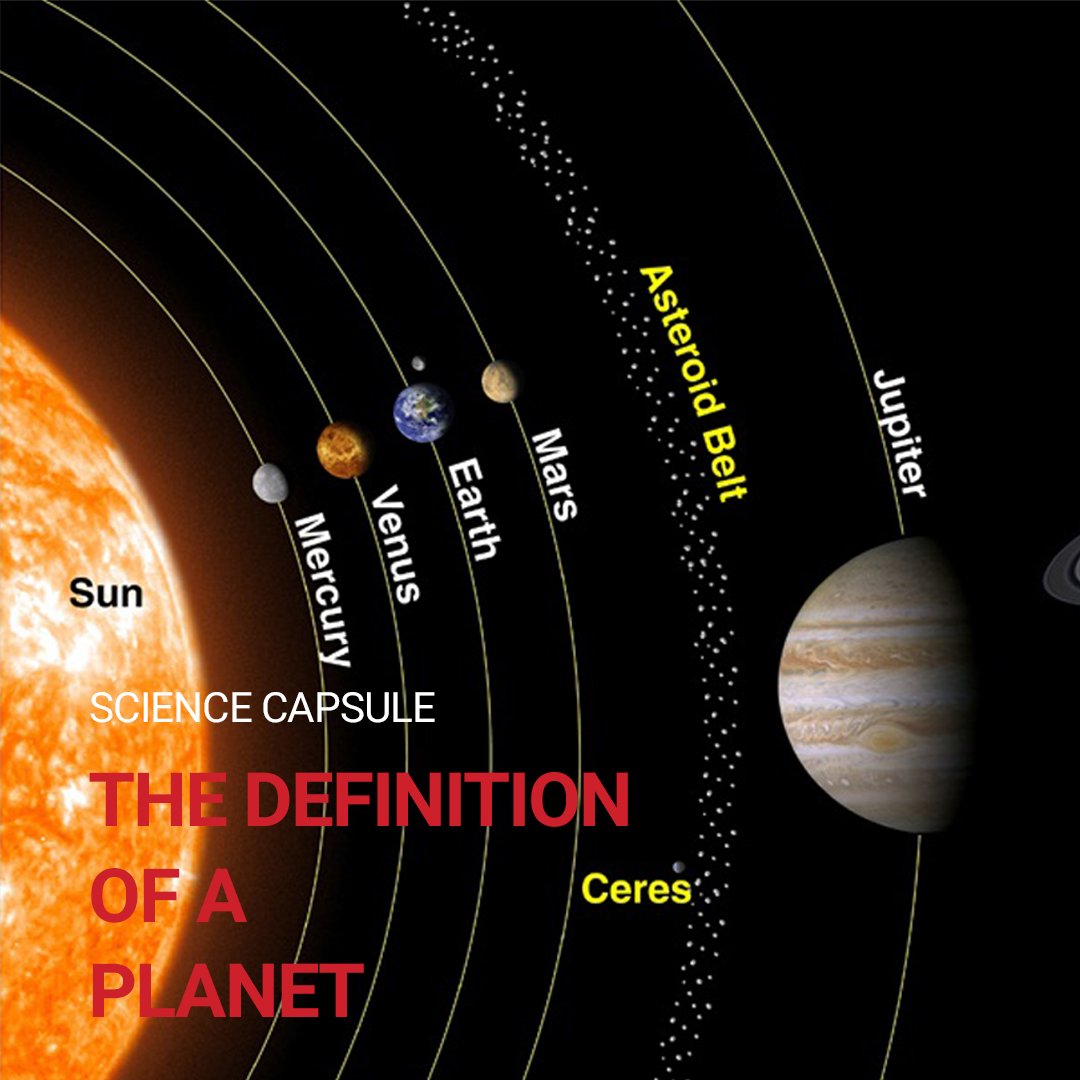We have discussed many topics in these Science Capsules. From stars to black holes, from satellites to telescopes, the arguments treated here have varied greatly. However, today we are going to tackle something that has been alluded to in the past, but never expanded upon. It is finally time to talk about one of the most mysterious phenomena in the universe. In this Science Capsule, we will finally talk about dark matter. But what exactly is dark matter? And how was it even “discovered”?
The Origins
The first instance of dark matter being discussed as a potential part of our universe dates back to 1884. Lord Kelvin, known for his incredible work in thermodynamics, was the first to theorize the existence of dark bodies. After estimating the mass of our galaxy by observing the velocity dispersion of the stars orbiting it, he saw that this calculated mass did not match the total mass of visible stars in our galaxy. Therefore, he hypothesized that some, maybe even most, stars were actually “dark bodies”. However, this was only the beginning of the theory of dark matter.
Later, in 1922, astronomer Jacobus Kapteyn was the first to propose the existence of dark matter by using stellar velocities. This would kickstart a period of multiple scientists discussing dark matter, each approaching the subject in their own way. Knut Lundmark, in 1930, is believed to be the first to realize that the universe must contain more mass than what is visible. The radio astronomy pioneer, Jan Oort, would also theorize the existence of dark matter in 1932. In 1933, astrophysicist Fritz Zwicky used the Virial Theorem to show that there must be unseen mass in the universe. Using the Coma Cluster as the test subject, he studied the motion of galaxies near its edge. He discovered that said motion would coincide with a total mass for the cluster of 400 times more what is visible.
Zwicky’s observation pointed once again to some form of invisible matter to account for this discrepancy. Interestingly, his estimate turned out to be incorrect by quite a large margin (over one order of magnitude). This was mostly due to the now outdated Hubble constant that was used at the time. Still, his studies added even more credibility to the possibility of dark matter’s existence.
Galaxy Rotation Curves
Even with all these studies suggesting its presence, the theory of dark matter was still in its early stages. Things started to change, however, with scientists using galaxy rotation curves for their research on the subject. The first to use this new method was Horace W. Babcock. In 1939, Babcock began studying the Andromeda Galaxy. He discovered that its rotation curve would suggest a radial increase in the mass to luminosity ratio. Ironically, he did not attribute this to dark matter. Instead, he theorized light absorption, or modified dynamics in the outer edges of the galaxy to be responsible.
Still, he had set in motion the idea of using a galaxy’s rotation curve to examine its mass to luminosity ratio. In fact, in 1940, Jan Oort used Babcock’s report as a base to discover the non-visible halo of NGC 3115. Similarly, as radio astronomy began, astronomers discovered more galaxies that were spinning too fast in their outer regions. This was yet more evidence of the existence of dark matter.

Dark Matter Becomes Unavoidable
In the 1970’s, astronomers Vera Rubin and Kent Ford used a new spectrograph to conduct more research on velocity curves of spiral galaxies. With this, they were able to measure said curves with a higher degree of accuracy than ever before. Their findings corroborated the idea of dark matter even further. According to their studies, galaxies must contain about six times as much dark matter as they do visible one. In 1978, their research results were confirmed to be accurate. It was now inescapable that dark matter was present in some way in our universe. The question of how exactly it functioned, however, remained unanswered.
Radio Astronomy and Dark Matter
Around this time, radio astronomers were using radio telescopes to detect the 21 cm atomic hydrogen line of nearby galaxies. The radial distribution of interstellar hydrogen, H-I, usually extends to much larger radii than those observed by optical means. Therefore, the size of rotation curves that could be studied increased. Observations made with radio telescopes at the time, showed that the H-I rotation curve for Andromeda did not match the Keplerian decline.
With more sensitive instruments available, astronomers Morton Roberts and Robert Whitehurst traced the rotational velocity for Andromeda at 30 kpc. Their research showed that the optical surface density peaked at the center of the galaxy. The cumulative mass, however, was increasing linearly throughout.
Interferometry
Also happening in the 1970’s, interferometric arrays were starting to be used for H-I spectroscopy. Using interferometry, in 1972, Seth Shostak and David Rogstad mapped the H-I rotation curves of five spirals. These curves came out to be very flat, suggesting a high mass to light ratio in the galaxies’ outer edges. This, once again, pointed to the presence of dark matter.
Dark Matter Finally Is Confirmed to Exist… Kind of
In the 1980’s, the final push to confirm dark matter’s existence arrived. It consisted of multiple observations, all different in nature, but all pointing to the same conclusion. These included temperature distributions of hot gas in clusters and galaxies, gravitational lensing, and anisotropies in the cosmic microwave background, or CMB. However, even with all these different techniques pointing to dark matter, a question remained in every scientist’s mind: what IS dark matter?
And the answer is… well we do not really have one as of yet. In fact, explaining dark matter remains one of the biggest goals for particle physicists. However, we will pick up how scientists are trying to uncover dark matter in a future science capsule. And, for anyone wondering about the seemingly connected dark energy, well, that is actually a completely different topic. And one that will also be treated at a later time. Therefore, if you want to learn more about the fascinating world of the invisible universe, you need only stay tuned for the Science Capsules still to come here at impulse.space.





